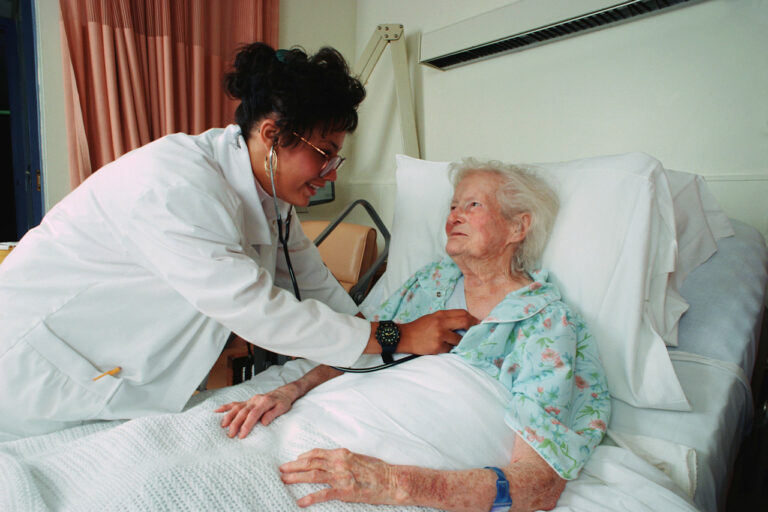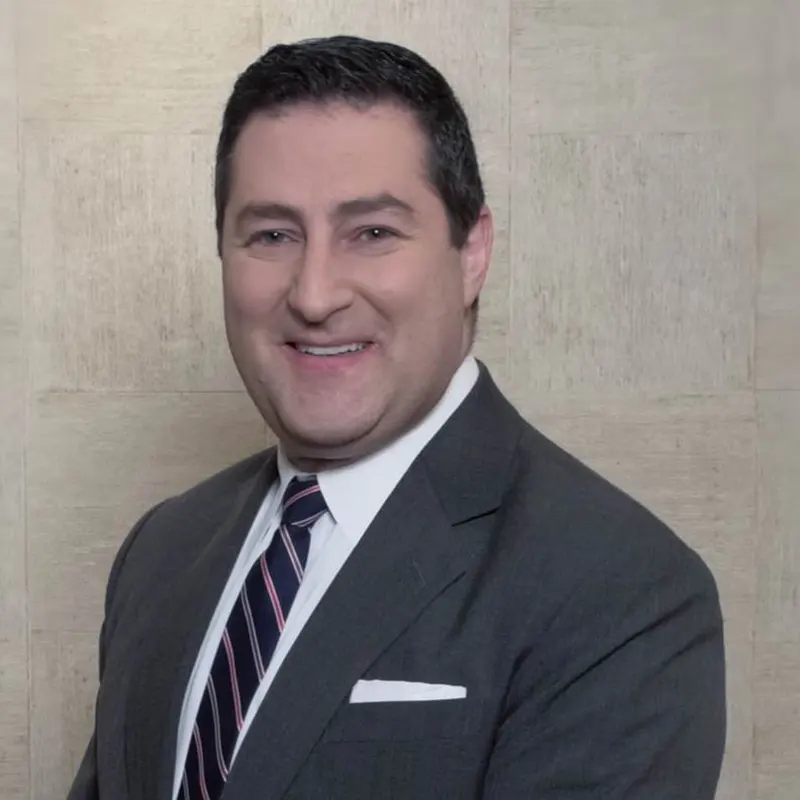

There are several dimensions to hospice care, and a recent article in Seasons titled “How common is it for hospice patients to recover?” discusses each of them. The article notes that it’s highly unusual for hospice patients to “recover.” The diseases that prompt people to come into hospice initially are conditions that, by definition, aren’t curable.
However, it’s not uncommon for patients to experience stabilization of their condition. For example, a patient may have experienced a significant stroke from which his or her physician doesn’t think they can recover, so they are admitted to hospice. He or she may begin to experience some stabilization, despite the fact they remain significantly compromised—and they no longer qualify for services.
Some patients are admitted to the hospice with critical diseases – fractures, trauma, infections, sepsis, etc. – from which they are likely to die. However, ultimately, frequently and inexplicably, they don’t.
Similarly, patients with chronic, progressive diseases, such as Alzheimer’s, congestive heart failure, or chronic lung disease, may have a trajectory that suggests they won’t survive more than a few months, making them eligible for services. However, with the provision of hospice services and control of problematic symptoms, their trajectory may change—no longer anticipating a short course.
Regulators know that conditions may change, and patients once eligible for hospice may no longer have a terminal condition that might qualify them for hospice. They are sometimes called “hospice graduates.”
Most facilities see about 5-15% of their admitted patients who ultimately “graduate” and are discharged from hospice services.
In addition, there’s a rare but identified condition referred to as “vanishing cancer syndrome.” This is a circumstance in which a cancer is definitively diagnosed, with no treatments offered, or progression despite treatment. The patient is admitted to hospice, but several months later, the patient hasn’t passed away and seems to be improving.
Further studies demonstrate the cancer is no longer there. Theories ranging from a “super immune” response to a miracle have been proposed, but an explanation for the phenomenon remains elusive.
Aftercare is individualized and would typically include some aspects of home health services and/or private duty resources, as well as ongoing management by the patient’s primary medical team.
Reference: Seasons (Aug. 17, 2022) “How common is it for hospice patients to recover?”
The 15 minute initial phone call is designed as a simple way for you to get to know us, and for our team to learn more about your unique estate planning needs.

